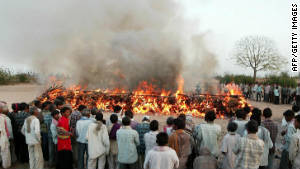Technology for the poor is a non profit organization that seeks to provide technological advancements to all poor people throughout the world. This group has helped to develop and distribute technologies such as a bicycle with a pedal power attachment and low cost construction techniques. To see all that they have done, check out their website here. you can also take a look at some of the innovations that the group has helped to develop, promote, and supply in the video below.
Video Credit: https://www.youtube.com/watch?feature=player_embedded&v=7cpVWCBi_qE








